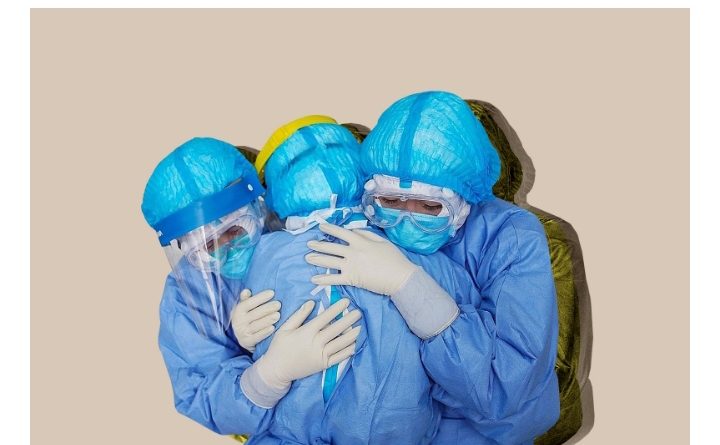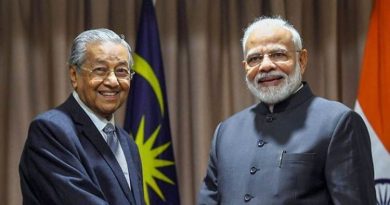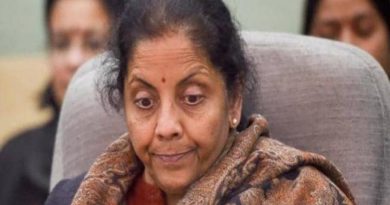Good News: Govt Reveals When COVID-19 Will END In India
Will END In India
Jun 7, 2020
When the number of COVID-19 infected will be equal to the number of patients out of COVID-19 (Cured or dead), it will the exit point for India.
New Delhi: At a time when the number of cases is reaching a new high amid gradual unlocking in India, senior officials of the Health Ministry predict that the pandemic in India may go in mid-September this year.
According to Dr Anil Kumar, Deputy Director General (Public Health), Directorate General of Health Services of the Ministry of Health and Family welfare, the pandemic in India will be over in mid-September.
In his article published in Epidemiology International Journal, Kumar, along with co-author and Deputy Assistant Director General (Leprosy) of Directorate General of Health Services, Health Ministry, Rupali Roy, have predicted that the pandemic would leave India in mid-September.

Their prediction is based on Bailey’s model where Relative Removal Rate (BMRRR) is considered for reaching a conclusion.
1. What is Bailey’s Model?
It is based on Relative Removal Rate which means how many cases are entering the pool and how many are going out of the pool. When the number of infected is equal to the number of removed patients, the coefficient will reach 100% threshold. Then this pandemic will be over, the researches predicted.
2. In this model, the removal rate is calculated which is the percentage of removed persons in the infected population. Further, a regression analysis has been done to show the linear relationship between the total infection rate and the total recovery rate.
3. This model is applicable to any infectious disease. Whatever you do, you will be reaching 100 per cent one day. The relative removal rate means all those who have got infection will be either cured or dead.
4. The same study was conducted on May 19. The percentage was 42, but now it is around 50 per cent and in the middle of September, it will be 100 per cent.
5. According to this mathematical calculation, taking the rate to a higher and higher level is a reflection of moving forward in the right direction and success of control measures being taken.
6. Mathematical models are not absolute and it depends upon the quality of data available.
7. All states have different policies in reporting the number of cases. Some are reporting only severe cases, while some are reporting both severe and mild cases. A few states conduct fewer tests, thus report fewer cases. “Therefore it is very important to report correct data for more accurate results,” said Kumar.
8. Lockdown could have yielded better results, Dr Anil Kumar said. “We could not achieve what we could have. However the idea of lockdown was very good, but due to various reasons, it was not so effective. Lockdown is more of an administrative decision, but the real measure needs to be taken at the community level,” Kumar told IANS. “Otherwise, we can not get the benefit of it, he added.
9. What percentage of the population will get the infection in India? “No one can predict how much the population will get affected — it depends upon so many things such as, from now on, how people are going to maintain distancing and how public health measures will be taken in future,” Kumar said.
“It also depends upon how different governments are going to act,” Kumar said, adding it is very much possible to prevent so many corona cases from occurring in the country.
10. The prediction depends upon the surveillance system and quality of data.




